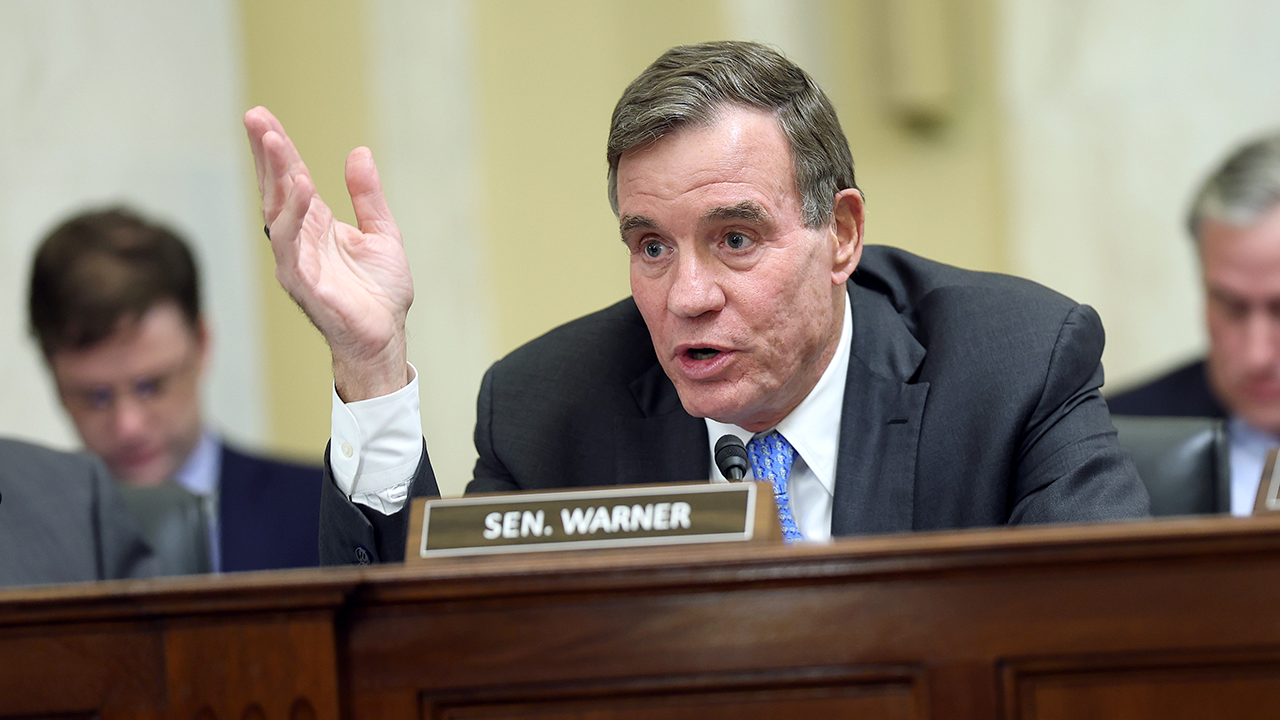Here’s what happens during a partial government shutdown

Government shutdowns in the United States have become a recurring issue that sparks debate over the role of government in American society. When Congress fails to pass new spending bills, a partial government shutdown occurs, leading to the closure of nonessential federal agencies and services. Essential services such as national security, Border Patrol, law enforcement, and disaster response continue to function, ensuring the safety and security of the nation.
During a shutdown, certain programs like Social Security and agencies like the Postal Service operate independently from the annual appropriations process, allowing them to continue operating without interruption. While a shutdown lasting less than two weeks may have minimal impact, longer shutdowns often result in retroactive pay for government workers and congressional staff, mitigating the financial burden on employees.
Some lawmakers view government shutdowns as an opportunity to address unsustainable federal spending. With the U.S. national debt exceeding $35 trillion, many argue that allowing the government to function without addressing wasteful spending is irresponsible. Shutdowns force Congress to prioritize funding and eliminate bloated programs, leading to more efficient use of taxpayer money.
The federal government’s fiscal year runs from October 1 to September 30, requiring Congress to pass appropriations bills by the end of September to fund operations. If Congress fails to act, legal restrictions prevent executive agencies from spending money without legislative approval, limiting government functions. The annual budget process begins in February when the president submits a budget proposal to Congress, outlining federal spending recommendations.
By mid-April, Congress is expected to adopt a budget resolution setting spending limits and guidelines. Throughout late spring and summer, House and Senate Appropriations Committees draft 12 bills allocating funding for federal agencies and programs. These bills must be passed by September 30 to avoid a shutdown. The deadline to pass a continuing resolution, a temporary funding patch, is crucial to prevent a partial government shutdown.
In conclusion, government shutdowns serve as a mechanism for addressing federal spending and funding priorities. While they can disrupt government operations, shutdowns also prompt Congress to make tough decisions about budgeting and eliminate unnecessary expenditures. By understanding the causes and consequences of government shutdowns, lawmakers can work towards a more efficient and accountable government system.




